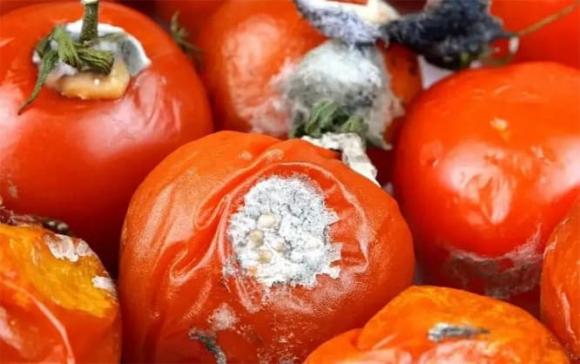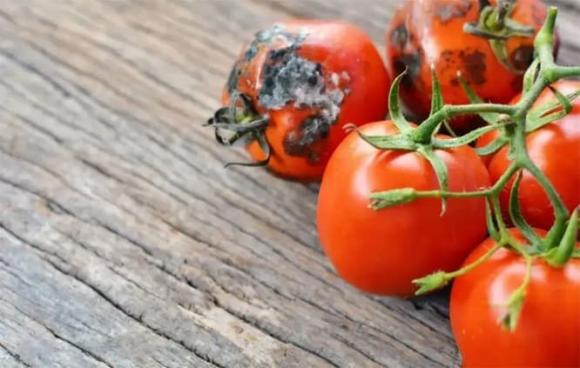Metal Cleaner
Kitchen knives, faucets, and showerheads are prone to oxidation, resulting in unsightly rust. This not only affects the appearance of these metal items but also reduces their lifespan. Surprisingly, rotten tomatoes can be used to clean and restore these items.
Rotten tomatoes are rich in acidic compounds that effectively clean metal surfaces. Simply apply the rotten tomato onto the affected areas and rinse with clean water or wipe with a damp cloth. You’ll be amazed at the shiny, as-new result.

Metal Cleaner
Seed for Planting
Crushed rotten tomatoes provide an easy and convenient source of seeds for planting. Simply squeeze out the seeds from the rotten fruit, and you’re ready to go. Directly sow these seeds into well-prepared, loose soil, cover with a thin layer of soil, and maintain moderate moisture. Before you know it, the seeds will sprout, and with continued moisture and care, your plants will thrive.

Seed for Planting
Natural Flower Fertilizer
Rotten tomatoes make excellent natural fertilizer for your flowers. As they decompose, they release essential nutrients such as nitrogen, phosphorus, and potassium, which are vital for plant growth. Additionally, the acidic content of rotten tomatoes helps regulate soil pH, creating an optimal environment for plant development.
To create a natural fertilizer, blend rotten tomatoes into a smooth puree and transfer the mixture to a jar. Add a small amount of rice water and seal the jar tightly. Allow the mixture to ferment for several days. Once ready, use this natural fertilizer to nourish your flowers and watch them bloom with vigor.
Why Do Bananas Turn Black So Quickly? – Unpeeling the Truth
The golden yellow banana is a curious fruit. Its beauty is short-lived as it quickly turns from a vibrant yellow to an unappetizing black if left a little too long or not consumed quickly enough after being peeled. This transformation is an intriguing phenomenon, and one that has left many scratching their heads.
The Ultimate Guide to Unlocking the Secrets of the Keyhole: What’s the Purpose of that Tiny Hole?
The small hole alongside the keyhole on a padlock serves a significant purpose. It is not merely an aesthetic feature but a functional one, integral to the operation and maintenance of the lock. This subtle detail often goes unnoticed, yet it plays a pivotal role in the overall functionality and longevity of the locking mechanism.
When Does Olive Oil Go Bad?
When does olive oil expire? Unlike fine wine, olive oil does not improve with age. Whether it’s homemade or store-bought, olive oil has a finite shelf life and will eventually go rancid. To prolong its freshness, it’s best to store your oil in a cool, dark place, away from heat and light, which can accelerate oxidation and degradation.



































